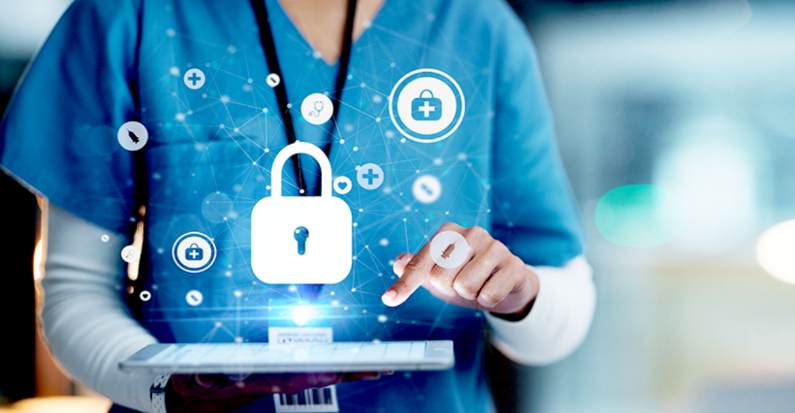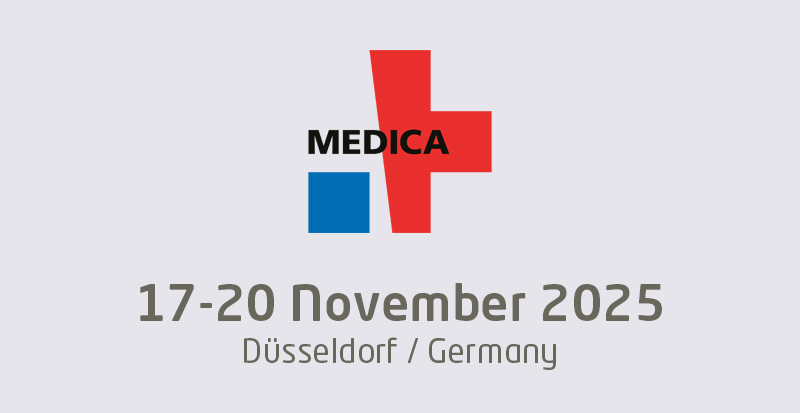Exclusive Article at EMRIndustry.com by Noel Khirsukhani
EVP, Provider Sales and Marketing
PatientPoint
Remote patient monitoring devices are playing an increasingly important role in helping providers manage chronic conditions throughout the care continuum. Globally, the market for patient monitoring devices is expected to surpass $22 billion by 2018, up from $17 billion in 2013, according to a report by MarketsandMarkets. One reason is the increase in lifestyle diseases, such as obesity, that lend themselves proactive interventions designed to reduce hospital stays. That’s a key consideration for U.S. providers seeking to reduce the financial penalties for 30-day patient readmissions under the Affordable Care Act (ACA).
Today, many technology-savvy physicians are using purpose-fit diagnostic and monitoring sensors and devices together with smartphone applications to monitor a diabetic patient’s blood sugar, a hypertensive patient’s blood pressure and other conditions. Deploying these types of remote health IT tools is a cost-effective strategy for providers, enabling them to identify a potential health risk and prevent an unnecessary emergency room visit.
But the healthcare sector has only begun to tap the potential benefits of this emerging technology sector. Some key steps can help us move into the next generation of remote monitoring solutions.
First, the data delivered by monitoring sensors must be fully integrated into the patient’s electronic medical record (EMR), rather than being a stand-alone, siloed application. This allows the physician to review and analyze gradual changes in condition that may not be apparent from a quick look at each day’s readings. It also provides the physician with a longer-term picture of how well a patient is doing in managing blood pressure or glucose levels, for instance.
Next, the provider must have clear protocols in place for addressing any alerts received from the monitoring devices or applications. For instance, a nurse in the office might be instructed to call or text the patient within 10 minutes after receiving an alert in order to assess the situation. Taking a proactive approach is essential; otherwise, there’s no point in deploying remote monitoring devices.
Third, providers should be considering ways to incorporate patient coaching and education strategies into their remote monitoring systems. After all, an alert signal can create a highly “teachable moment” for the provider to engage in a productive dialogue with the patient.
A physician, nurse or other staff member who has access to the full EMR, as well as any recent sensor alerts, is in an ideal position to provide advice, answer questions and empower the patient to manage his or her condition. That may require training the staff, as well as incorporating coaching into the provider’s protocols.
From a technology perspective, building an integrated care continuum platform is the key to turning the data provided by remote sensors into active strategies for managing patient care.
























